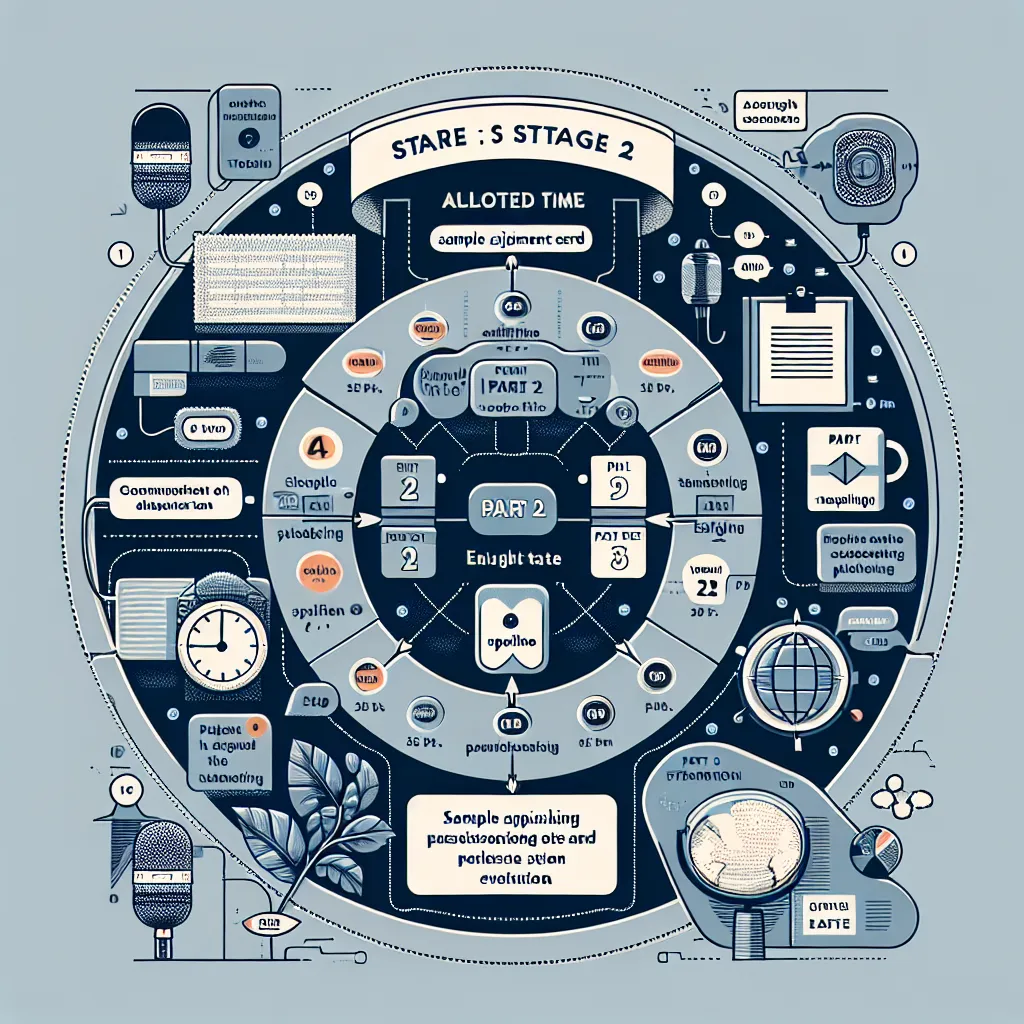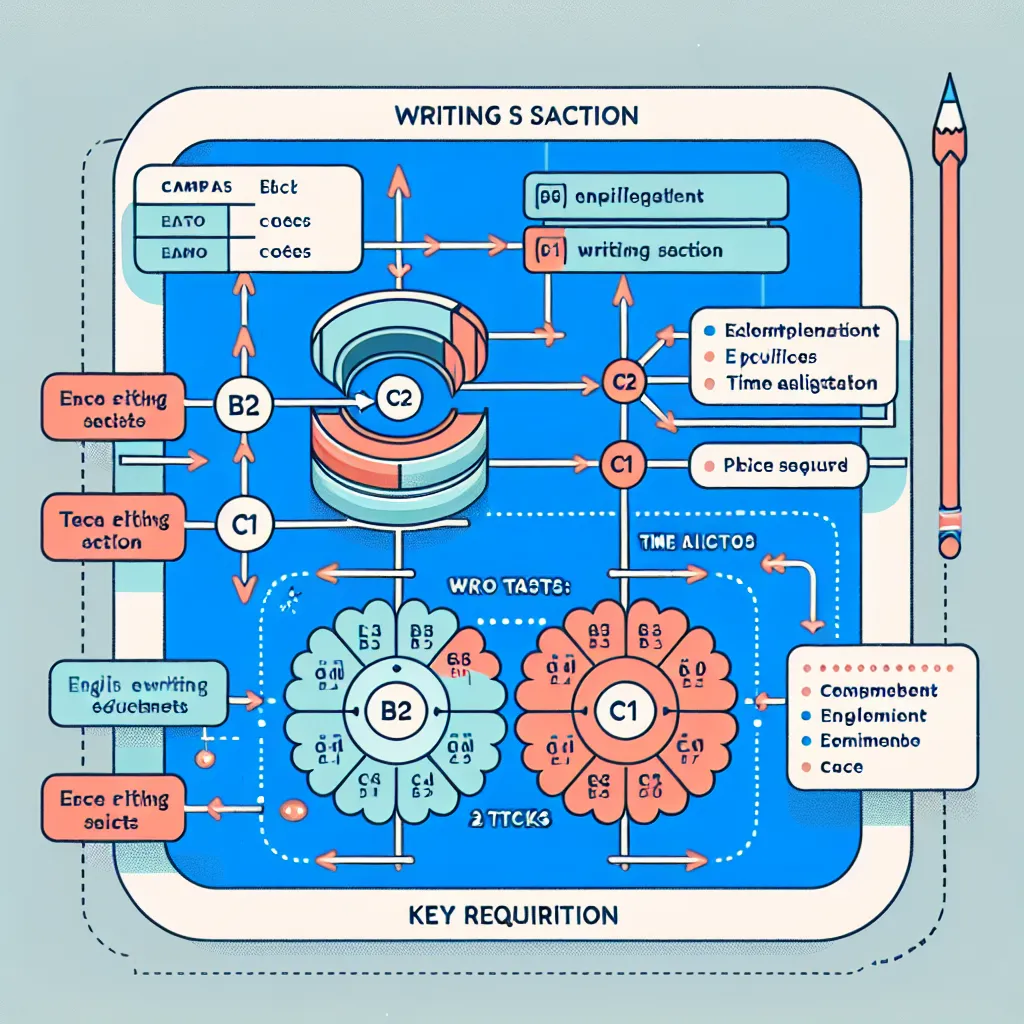Cambridge English exams are renowned worldwide for their rigorous assessment of English language proficiency. The speaking component, particularly Part 2, plays a crucial role in evaluating a candidate’s ability to communicate effectively in English. This article will provide a comprehensive overview of the format of Cambridge Speaking Part 2, offering valuable insights for test-takers preparing for their exam.
Understanding Cambridge Speaking Part 2
Cambridge Speaking Part 2, also known as the ‘Individual Long Turn,’ is designed to assess a candidate’s ability to speak at length on a given topic. This section typically lasts about 2 minutes for B1 Preliminary and B2 First, and 3-4 minutes for C1 Advanced and C2 Proficiency exams.
 Cambridge Speaking Part 2 Format
Cambridge Speaking Part 2 Format
The Structure of Part 2
- Prompt Card: The examiner provides a prompt card with a topic and some bullet points.
- Preparation Time: Candidates are given 1 minute to prepare their response.
- Speaking Time: Candidates speak uninterrupted for the allotted time (varies by exam level).
- Follow-up Question: The examiner may ask a brief follow-up question after the candidate finishes speaking.
Key Elements of Cambridge Speaking Part 2
1. The Prompt Card
The prompt card is the cornerstone of Part 2. It includes:
- A main topic or question
- 3-5 bullet points related to the topic
- Instructions on what to talk about
For example, a B2 First prompt card might look like this:
Describe a place you enjoy visiting in your free time.
You should say:
- Where this place is
- What you do there
- Who you usually go there with
- Why you enjoy visiting this place
2. Preparation Time
During the one-minute preparation time, candidates should:
- Read the prompt card carefully
- Make brief notes if desired (not mandatory)
- Organize thoughts and ideas
- Consider relevant vocabulary and structures to use
3. Speaking Time
During the speaking time, candidates should:
- Address all points on the prompt card
- Speak at length, providing details and examples
- Use a range of vocabulary and grammatical structures
- Maintain fluency and coherence
4. Follow-up Question
The follow-up question is typically brief and related to the topic. It’s designed to round off the discussion naturally.
Tips for Success in Cambridge Speaking Part 2
-
Practice Time Management: Ensure you can speak for the full duration without running out of things to say.
-
Address All Points: Cover all the bullet points on the prompt card, but feel free to add your own ideas.
-
Use a Variety of Language: Demonstrate your range of vocabulary and grammatical structures.
-
Be Coherent: Organize your ideas logically and use appropriate linking words.
-
Prepare, Don’t Memorize: While preparation is key, avoid memorizing scripts as it can affect your natural delivery.
Common Pitfalls to Avoid
-
Ignoring Bullet Points: Failing to address all the points on the prompt card can result in lower scores.
-
Speaking Too Briefly: Not speaking for the full time allocated may indicate a lack of language resources.
-
Overuse of Simple Language: Relying too heavily on basic vocabulary and structures may limit your score potential.
-
Lack of Personal Input: Simply describing without adding personal opinions or experiences can make your response less engaging.
Next Steps in Your Preparation
To excel in Cambridge Speaking Part 2:
-
Regular Practice: Use sample prompt cards to practice speaking on various topics.
-
Record Yourself: Listen to your responses to identify areas for improvement.
-
Seek Feedback: Practice with a study partner or tutor who can provide constructive criticism.
-
Expand Your Vocabulary: Build topic-specific vocabulary to enhance your responses.
-
Watch Sample Videos: Observe successful candidates to understand effective techniques.
Cambridge Speaking Part 2 is an excellent opportunity to showcase your English speaking skills. By understanding its format and practicing regularly, you can approach this section with confidence and achieve your desired score in the Cambridge English exams.
Remember, the key to success lies in thorough preparation, natural delivery, and the ability to engage with the topic comprehensively. Keep practicing, stay confident, and you’ll be well on your way to mastering Cambridge Speaking Part 2!
[internal_links]




